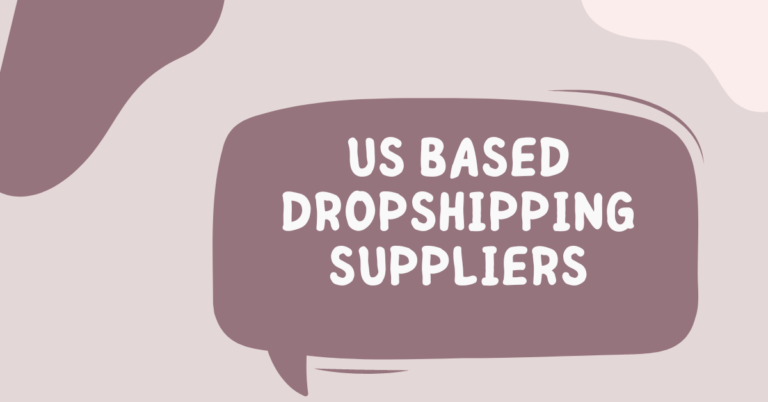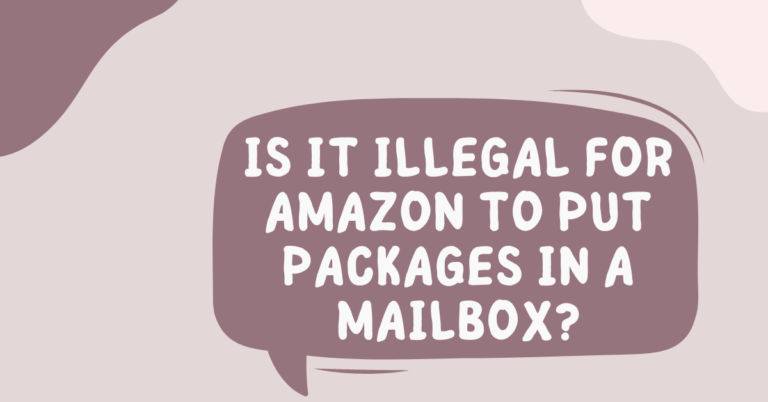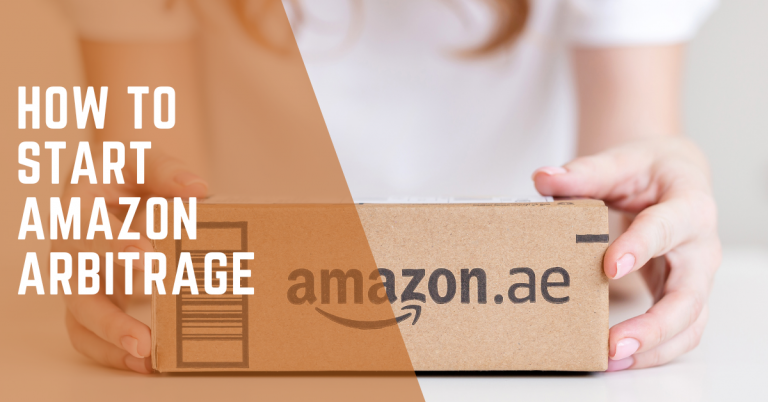Ecommerce Shipping Best Practices: Best Practices Revealed
E-commerce shipping is how online shops send goods to buyers. This process includes picking the right shipping options, packing products safely, and making sure customers get their orders on time. Good shipping practices are key for online stores to succeed.
Why is smart shipping important? Because it directly affects whether customers are happy and if they will buy again. Fast, reliable, and cost-effective delivery makes a big difference in customer satisfaction.

#1 Offer Multiple Shipping Options
Providing customers with different shipping choices is a crucial aspect of e-commerce success. Customers have varying needs and preferences when it comes to delivery times and costs.
By offering multiple shipping options, you cater to a wider range of customers and increase the chances of satisfying their expectations.
Standard shipping is the most common and economical option. It typically takes a few days to a week for the package to arrive at the customer’s doorstep. This option suits those who prioritize cost-effectiveness and do not require immediate delivery.
For customers who need their orders quicker, expedited or express shipping options should be available. These faster delivery methods come at a higher cost but ensure that the package reaches the customer in a shorter timeframe, often within 1-3 business days.
Offering a same-day or next-day delivery option, albeit at a premium cost, can cater to these customers and provide a competitive edge over businesses that do not offer such rapid delivery.
#2 Use a Real-Time Shipping Rate Calculator
Integrating a real-time shipping rate calculator on your e-commerce website is essential for providing accurate and transparent shipping costs to customers. This tool calculates shipping charges based on various factors, such as the destination address, package weight, dimensions, and the selected shipping method.
A real-time shipping rate calculator eliminates the guesswork and surprises associated with shipping costs. Customers can easily determine the shipping charges upfront, before completing their purchase. This transparency builds trust and enhances the overall customer experience.
Here’s one that works great: https://coolparcel.com/
#3 Package Products Securely
Proper packaging is crucial for ensuring that products arrive at their destination in pristine condition. E-commerce businesses must prioritize the use of high-quality packaging materials and employ secure packaging techniques to protect their products during transit.
The choice of packaging materials is essential. Sturdy boxes or mailers made from corrugated cardboard or reinforced materials should be used to prevent damage from potential mishandling or external forces during shipping.
Oversized or heavy packages may require additional reinforcement or specialized packaging solutions to ensure safe delivery.
Proper labeling and clear addressing on the package are equally important. Legible and accurate shipping labels help ensure that the package reaches the correct destination without any delays or confusion.
#4 Ship From Multiple Locations
For e-commerce businesses with large customer base spread across different regions, shipping from multiple fulfillment centers or warehouses can provide big benefits. Having shipping locations closer to customers reduces delivery times and costs.
If all orders ship from one central location, packages have to travel long distances to reach some customers. This increases shipping fees and transit times. With strategically placed fulfillment centers, orders can ship from nearest location to each customer’s address.
Shipping from multiple locations allows faster delivery of orders at lower costs for customers in different regions. It also enhances customer satisfaction with quicker receipt of purchases.
Operating fulfillment centers in multiple regions involves higher operational costs initially. However, as shipping volumes grow, these distributed centers become more cost-effective by reducing per-order shipping expenses.
Determining ideal locations for additional fulfillment centers requires analyzing customer order data. Look for geographic areas with high order volumes to prioritize placing centers there.
If you are selling online you can use: Amazon FBA, Amazon Warehousing and Distribution, Amazon MCF (Multi Channel Fulfillment), Shopify Fulfillment Network and other alternatives.
#5 Offer Free Shipping
Providing free shipping can be a powerful incentive that encourages customers to complete purchases. However, businesses should set reasonable conditions like minimum order value requirements.
Free shipping, even with conditions, makes customers perceive greater value and motivates many to increase order sizes to qualify. It removes a key barrier to purchase completion – shipping fees.
Communicate free shipping thresholds clearly during checkout. Display messaging like “Spend $X more to get free shipping” to nudge customers towards that minimum.
For small, lightweight orders where actual shipping costs are very low, businesses can consider offering unconditional free shipping as a sales driver.
Alternatively, paid membership programs giving free shipping benefits can make economic sense for frequent purchasers while providing a recurring revenue stream.
While absorbing shipping costs impacts profit margins, free shipping programs can boost sales volumes and customer loyalty enough to offset those costs for many online retailers.
#6 Provide Tracking Information
Sharing tracking numbers and shipping status updates with customers builds trust and transparency in the post-purchase experience. This level of visibility alleviates concerns around order status.
After order ships, send tracking numbers immediately through email or SMS notifications. Include direct links to carrier websites, allowing easy tracking.
Enable automatic updates on each package’s progress – picked up, in transit, out for delivery, delivered. These proactive notifications keep customers informed without them having to check manually.
For premium shipping services purchased, share additional details like targeted delivery dates/times and signature requirements if applicable.
Tracking access provides peace of mind to customers about their order’s whereabouts. It prevents callbacks/emails inquiring about shipping status, reducing support workload.
This open communication demonstrates a commitment to customer service even after checkout. Customers appreciate the transparency and accountability it provides around deliveries.
#7 Leverage Shipping Software
Utilizing shipping software or integrations with carrier systems can greatly streamline and automate e-commerce shipping processes. This helps businesses operate more efficiently and provide better customer experiences.
Shipping software platforms connect to carrier networks, enabling businesses to access shipping rates, print labels, schedule pickups, and track packages—all from a single interface. No more logging into separate carrier websites.
These solutions auto-populate shipping labels with order details imported directly from the e-commerce platform, minimizing data entry errors. They optimize packaging, print compliant labels, and automate other tedious tasks.
Advanced shipping software offers additional capabilities like order consolidation across multiple carriers, automated routing guides, and customizable shipping rules to control costs.
For higher volumes, shipping software can dramatically improve warehouse efficiency through batch shipping label printing, scan-based verification, and integrations with material handling equipment.
The time and labor savings from automated shipping workflows quickly provide a return on investment for busy e-commerce operations and 3PLs servicing them.
#8 Negotiate Better Rates
As e-commerce business shipping volumes grow over time, it becomes possible to negotiate better shipping rates with carriers based on higher revenues and optimized shipping characteristics.
Carriers offer discounted pricing to large-volume shippers through negotiated rates. However, businesses must first demonstrate sufficient package volumes and desirable shipping profiles.
Attributes such as very dense regional shipping zones, excellent data quality, and automation capabilities make shippers more attractive to carriers for discounts.
The negotiation process involves analyzing historical shipping spend, volumes by service level, and shipment characteristics. This data is presented to carriers to substantiate proposals for incentive-based discounts.
Businesses can leverage shipping software data, billing records, and benchmark reports to project future volumes and make their case for better pricing.
Third-party shipping consultants can be engaged to advise and negotiate on behalf of high-volume shippers to maximize incentives based on data-driven rate modeling.
#9 Continuously Optimize
Shipping operations require continuous monitoring, analysis, and optimization to control costs, maintain high service levels, and adapt to changing conditions over time.
Start by establishing key performance indicators (KPIs) to measure shipping efficiency, cost components like accessorial charges, service failures, claims rates, and other vital metrics.
Regularly analyze shipping data, customer feedback, and market intelligence to identify positive trends as well as areas needing improvement in processes or carrier partnerships.
Technology upgrades, new shipping software capabilities, changing standard operating procedures (SOPs), and renegotiating carrier agreements periodically can unlock additional optimizations.
Test alternative packaging materials and designs aimed at reducing dimensional weight through smarter use of dunnage. Shift volume between services and carriers as needs evolve. You can test the Amazon Ships in own product packaging program.
Stay aware of broader logistics trends – new carrier services, fuel impacts, regulations affecting shipping modes. Adjust strategies proactively to embrace advantageous developments.
Continuously optimizing protects profits while meeting customer delivery promises as an e-commerce operation scales over time. It’s an ongoing commitment, not a one-time project.
FAQ
How can I lower my e-commerce shipping costs?
Compare carrier rates, use efficient packaging to reduce size and weight, and consider offering free shipping for orders above a specific value.
What are the best packaging tips?
Use strong, appropriately sized packaging to protect items. Opt for recyclable materials and add custom branding to enhance the unboxing experience.
How to offer free shipping without losing money?
Include shipping costs in product prices, set a minimum order amount for free shipping, or use it as a limited-time promotion to increase sales.
How do I pick a shipping carrier?
Compare reliability, rates, delivery times, and area coverage. Read reviews and maybe test a few to see which fits your business best.
What if a shipment gets lost or damaged?
Immediately contact the carrier to report and start a claim if necessary. Communicate with your customer to offer a refund or replacement, showcasing great customer service.





